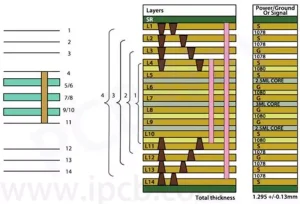
PCB thickness tolerance and influencing factors
PCB thickness tolerance refers to the difference in the thickness of a circuit board due to the production process and equipment conditions during the manufacture of the pcb circuit board,
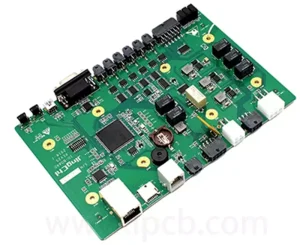
Burn in board test process
Burn in board is a common test method to evaluate the performance and reliability of circuit boards by simulating the conditions of long-time use or harsh environments. The circuit board

The integration of SMT technology and burn in board
In the field of modern electronics manufacturing, SMT (surface mount technology) and burn in board is inextricably linked, and their synergistic effect is a key link to ensure the stability

Body to body clearance for smt parts
The body to body clearance for smt parts is the minimum distance that must be maintained between two neighboring components in surface mount technology (SMT). This distance is required to
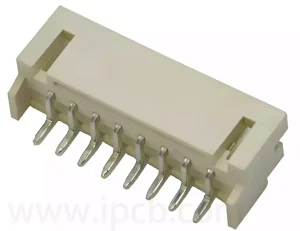
Explanation of SMT connectors
SMT connectors are connectors assembled using SMT technology. In specific use, SMT connectors like SMT components, for the connector pads, are directly affixed to the surface of the circuit board,

Comprehensive analysis of PCB solder resist
In modern electronic products, printed circuit boards (PCBs) are an indispensable core component. In order to ensure the performance and reliability of PCBs, the application of pcb solder resist is

RO4350B vs RO4835 Material Comparison
RO4350B is a commonly used high-frequency printed circuit board (PCB) material produced by Rogers Corporation in the United States. This material is used in wireless communications, radar systems, medical devices
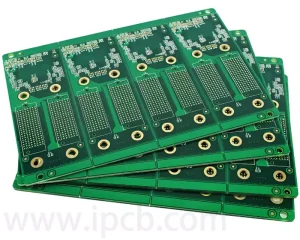
HDI board Design
HDI circuit boards are highly integrated printed circuit boards with high density, miniaturization, and light weight, which can significantly improve the performance and functional density of electronic products. HDI board
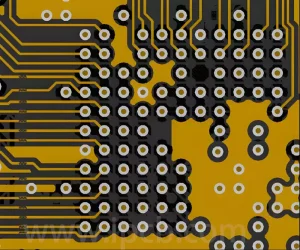
BGA packages on flexible circuit boards
BGA packages is solder ball array package, is an integrated circuit using an organic carrier board packaging method. With the continuous development of society, in order to meet the demand
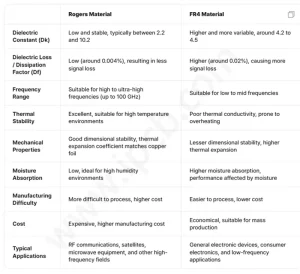
Why is Rogers material not FR4?
Rogers material is a specialised laminate used in the manufacture of high frequency, high performance Printed Circuit Boards (PCBs) and is manufactured by Rogers Corporation. Rogers materials typically do not
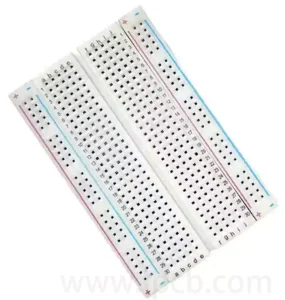
The role of pcb Prepreg
PCB prepreg is a soft material, similar to the black tape, also called ‘semi-glue’ or ‘film’, commonly used in the production of circuit boards. In the PCB PP is sandwiched

PCB circuit board Layer Stacking Structure Optimisation Strategies
The laminated construction of PCB circuit boards refers to the stacking of multiple layers of circuit boards together to form a single structure. Electronic components can be arranged on each
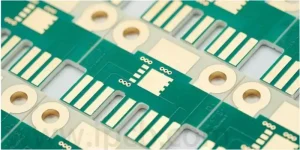
Advantages and Processes of Rogers Ceramic PCB
Rogers ceramic pcb is a kind of circuit board using ceramic material as the substrate, which has the advantages of high thermal conductivity, high insulation, corrosion resistance and high temperature
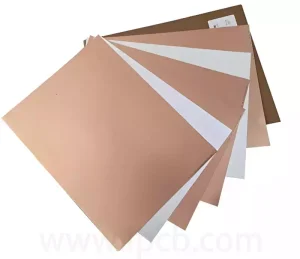
Rogers RO4003C Substrate Performance and Design Points
Rogers RO4003C substrate is known for its dielectric constant Dk of 3.38+/-0.05 and low dielectric loss Df of 0.0027 at 10 GHz. It is a unique glasscloth-reinforced, ceramic-filled hydrocarbon composite
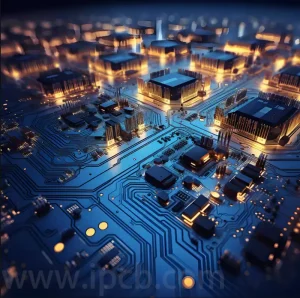
PCB plating hole filling process
PCB plating to fill vias is a treatment performed to connect different layers of circuits during the manufacturing process. In the manufacturing of High Density Interconnect (HDI) boards and multilayer
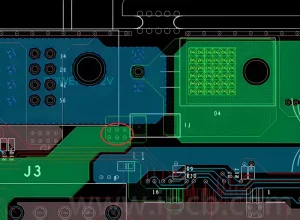
Relationship between pcb circuit board line width and current-carrying capacity
In electronic circuit design, pcb circuit board line width is closely related to its current carrying capacity. Wire width directly determines the cross-sectional area of the wire, thus affecting the
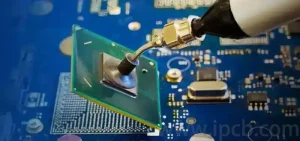
Advantages of through hole assembly
Through-hole assembly, also known as through-hole technology, is a mounting method for electronic components. It consists of inserting components into existing holes in printed circuit boards (PCBs) using the component’s
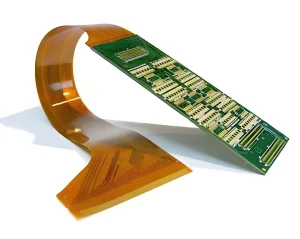
Innovation Through PCB Flex Rigid Technology
As electronic devices continue to develop towards miniaturization, lightness, and multi-function, the limitations of traditional rigid circuit boards and flexible circuit boards have gradually emerged, and they cannot fully meet
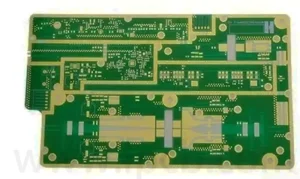
Multilayer RF PCB Design Essentials
A radio frequency circuit board (RF PCB) is a type of circuit board specifically designed to handle high frequency and radio frequency signals. Compared to ordinary PCBs, RF PCBs have
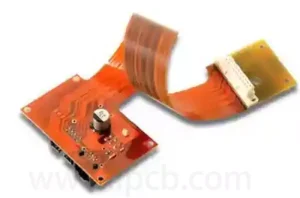
Advantages and Manufacturing Challenges of Heavy Copper Flex PCB
Heavy copper flex PCB refers to circuit boards with thicker copper layers in the flexible circuit board, which are usually between 100 and 400 microns thick, far exceeding the 35

Reliability of automotive pcb assembly
With the rapid development of automotive electronics technology, automotive PCB assembly as a key electronic manufacturing link, its reliability is directly related to the safety and performance stability of the
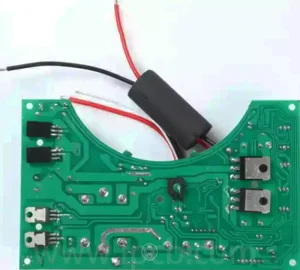
Differences between automotive circuit boards and ordinary
Automotive circuit board, full name of automotive printed circuit board, is a kind of electronic products using printing technology to print the copper foil line on the insulated substrate. It
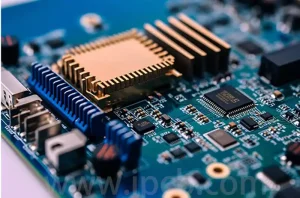
Automotive PCB assembly and development outlook
Automotive pcb assembly is the process of assembling automotive printed circuit boards, which has more stringent quality requirements than PCBA in other fields. This is mainly because the automotive electronic

Printed circuit board single-sided, double-sided and multilayer PCB differences and applications
Printed circuit boards are the bearers of electronic components, which provide a master for connecting the various components in a circuit. Structurally, PCBs are mainly classified into single-sided, double-sided and